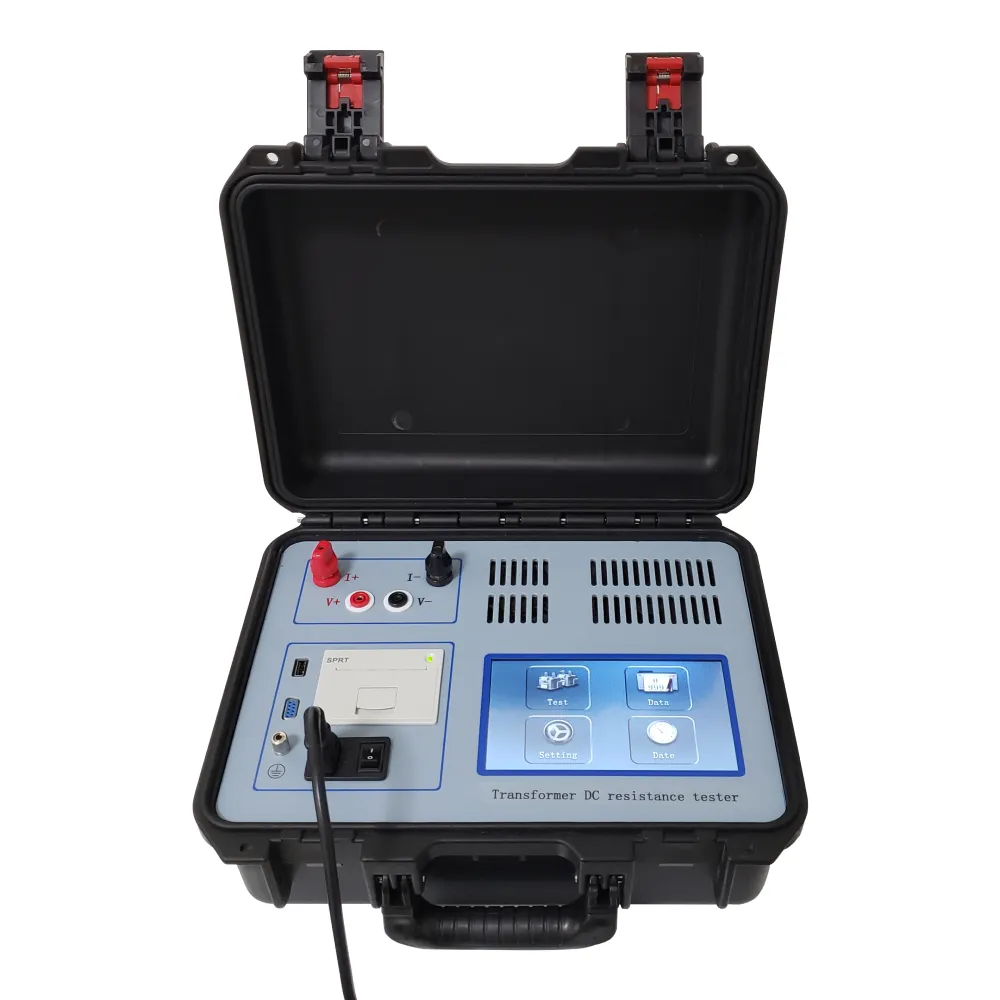 English
English


oil viscosity measuring instrument
Understanding Oil Viscosity Measuring Instruments
Oil viscosity is a critical property that affects the performance and efficiency of lubricants, fuels, and other petroleum products. Viscosity refers to a fluid's resistance to flow; the higher the viscosity, the thicker the fluid. This characteristic is paramount in various industries, including automotive, aerospace, and manufacturing, where oil is used for lubrication, heating, or as a hydraulic fluid. To ensure optimal performance, accurate measurement of oil viscosity is essential, which is where viscosity measuring instruments come into play.
Importance of Viscosity Measurement
The viscosity of oil changes with temperature; as temperature increases, viscosity typically decreases. This temperature dependence means that precision in measurement is vital to guarantee that oils perform appropriately under specific operating conditions. For instance, an engine requires oil with a certain viscosity range to maintain effective lubrication and prevent wear.
In industrial applications, viscosity measurement can also impact fluid dynamics and equipment efficiency. Thicker oils can lead to increased energy consumption and potential issues with pumps and machinery, while oils that are too thin may not provide sufficient lubrication, leading to increased friction and wear.
Types of Viscosity Measuring Instruments
There are several types of viscosity measuring instruments, each suited to specific applications and oil types
.oil viscosity measuring instrument

1. Capillary Viscometers These instruments measure viscosity based on the time it takes for a liquid to flow through a narrow tube. The most common type is the Ubbelohde viscometer, which provides precise measurements for Newtonian fluids. However, they may not be suitable for non-Newtonian fluids, such as certain polymers or complex lubricants.
2. Rotational Viscometers These devices measure viscosity by rotating a spindle in the fluid and recording the resistance to movement. They are versatile and can be used for both Newtonian and non-Newtonian fluids. Rotational viscometers are widely used in laboratories and industry due to their quick response and ability to handle a wide viscosity range.
3. Falling Ball Viscometers These consist of a ball falling through a tube filled with oil. The viscosity is calculated based on the time it takes for the ball to fall a specified distance. This method is straightforward and can effectively measure the viscosity of newtonian fluids.
4. Kinematic Viscometers These instruments measure the viscosity of a fluid based on its flow under gravity. The two main types are the Ostwald and the Saybolt viscometers. Kinematic viscosity is often used for fuels and lubricants, giving insight into a fluid's behavior in real-world applications.
5. Dynamic Viscometers These instruments apply a stress to the fluid and measure how it responds, providing insights into both viscosity and other properties like elasticity. This makes them suitable for studying complex fluids that exhibit both viscous and elastic behavior.
Conclusion
Choosing the right viscosity measuring instrument depends on the specific requirements of the application, such as the type of oil, the desired measurement accuracy, and the operating conditions. Regardless of the method, measuring viscosity accurately is crucial for ensuring the reliability and efficiency of oils and lubricants in various applications. As technology continues to advance, new methods and instruments will emerge, further enhancing our ability to measure and understand this important property. Understanding these instruments is essential for engineers and quality control specialists who aim to ensure product performance and compliance with industry standards.
-
Differences between open cup flash point tester and closed cup flash point testerNewsOct.31,2024
-
The Reliable Load Tap ChangerNewsOct.23,2024
-
The Essential Guide to Hipot TestersNewsOct.23,2024
-
The Digital Insulation TesterNewsOct.23,2024
-
The Best Earth Loop Impedance Tester for SaleNewsOct.23,2024
-
Tan Delta Tester--The Essential Tool for Electrical Insulation TestingNewsOct.23,2024





